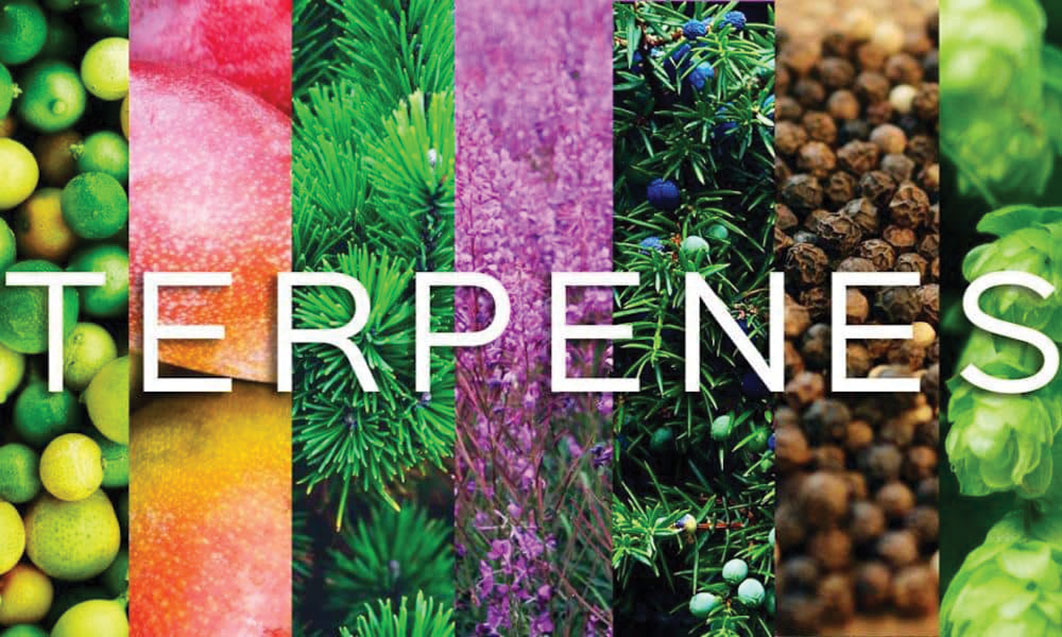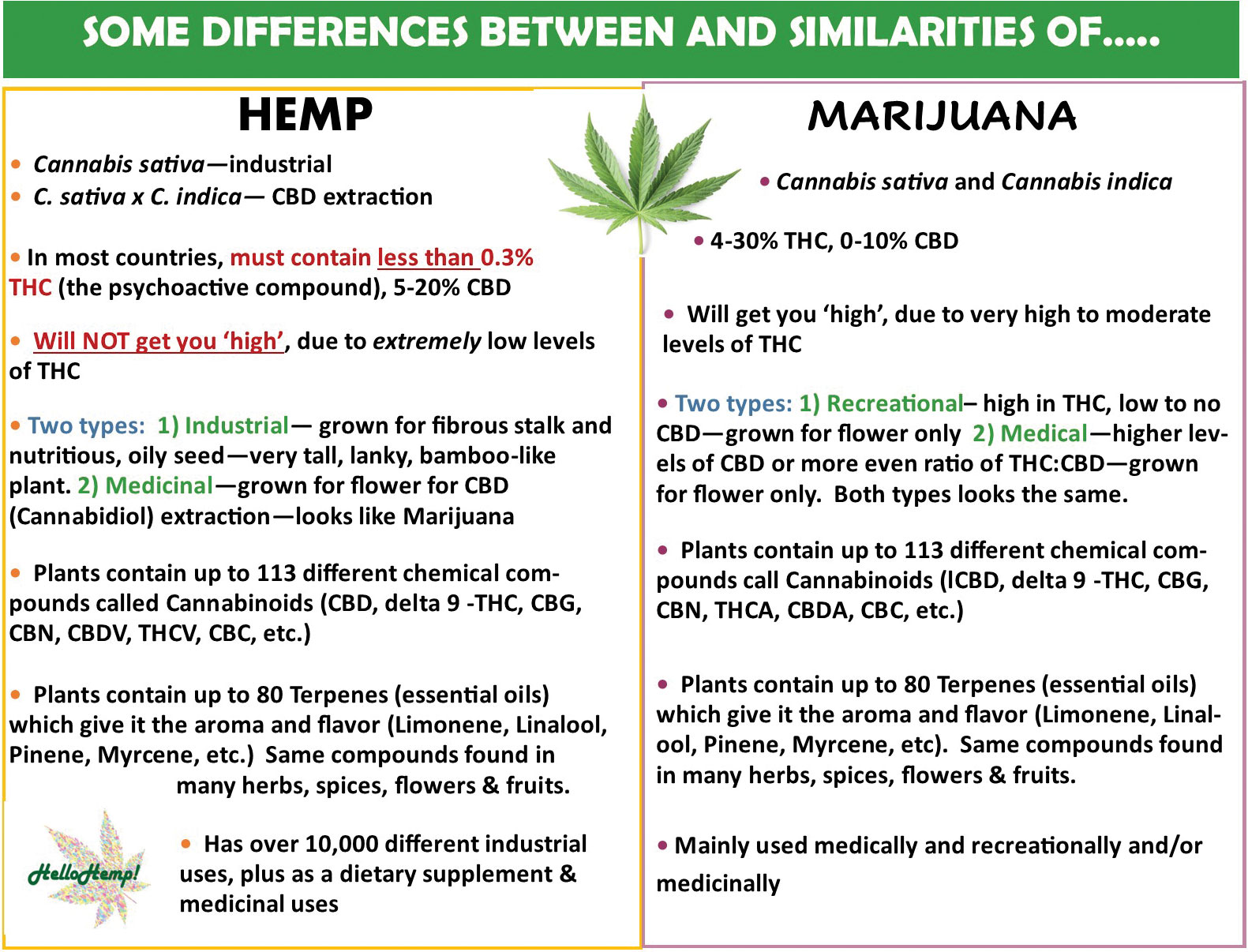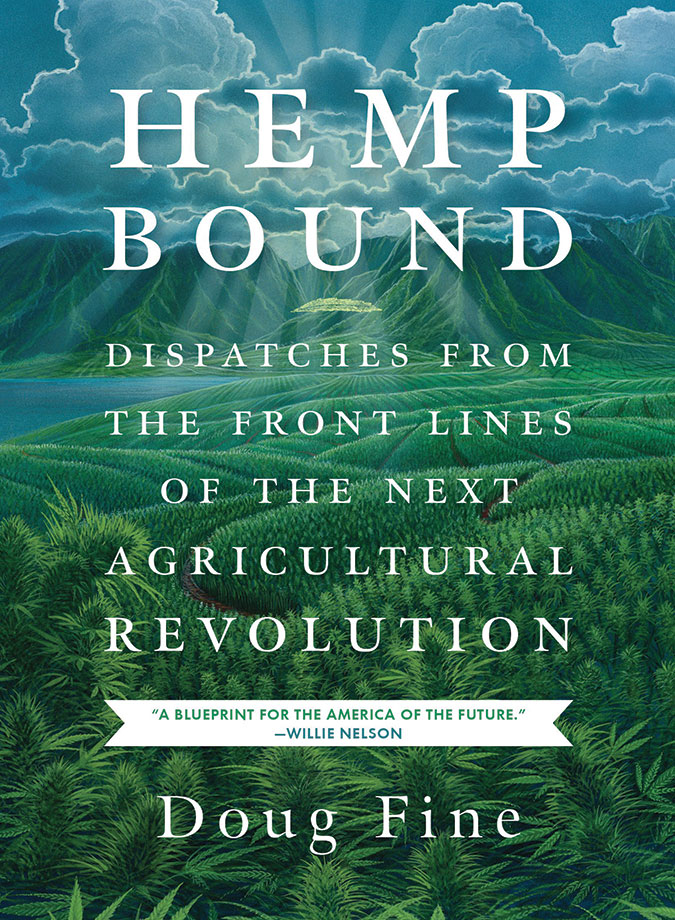IT’S A WONDERFUL WORLD OF PLANTS & GARDENS
By Donna Porter Back in May of 2009, new Owner/Publisher of Quepolandia, Pat Cheek, asked me if I would be interested in writing articles about plants for the magazine. Being a Horticulturist, as well as one who is rarely at a loss for words—especially when it comes to teaching people
Read More





